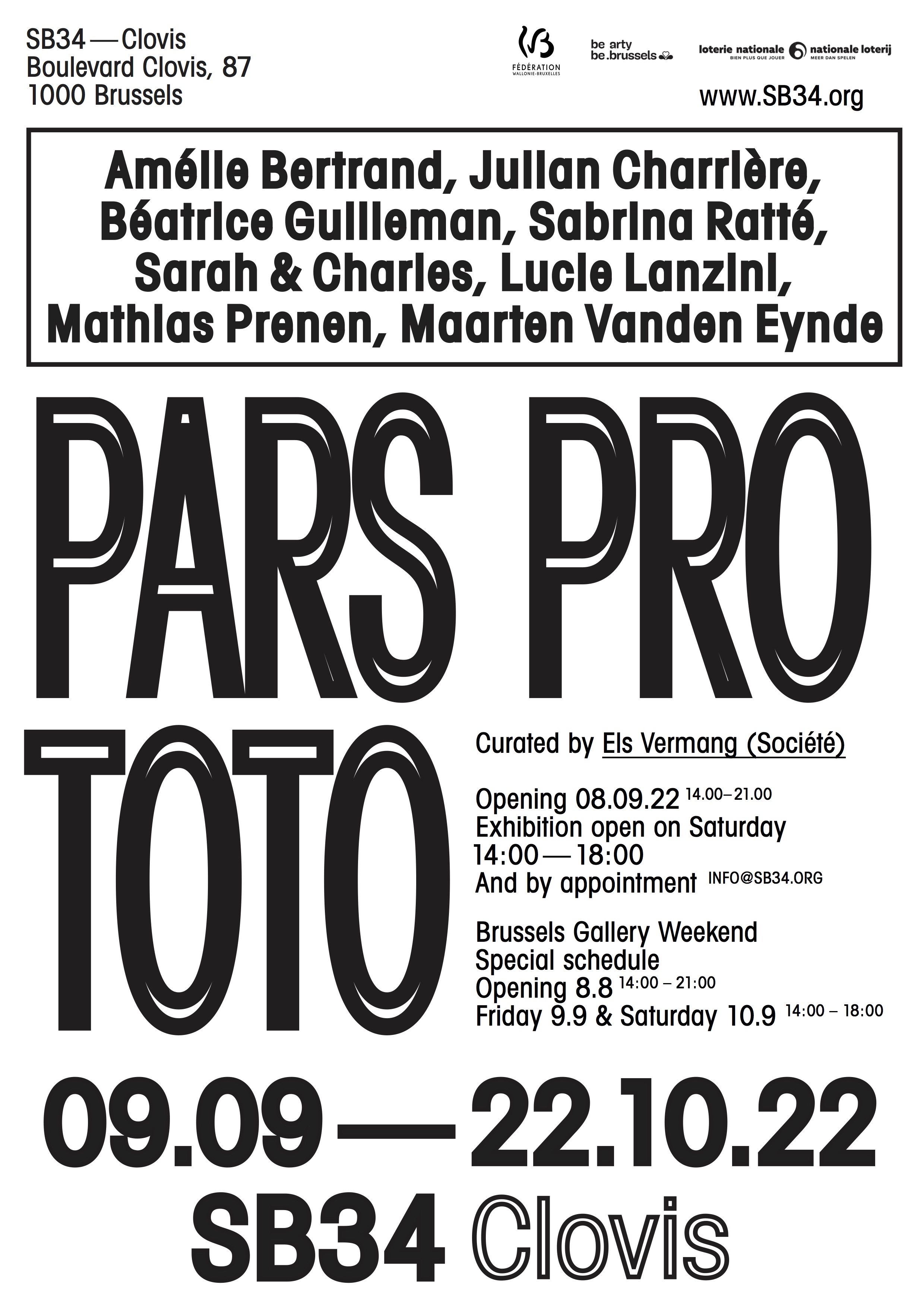
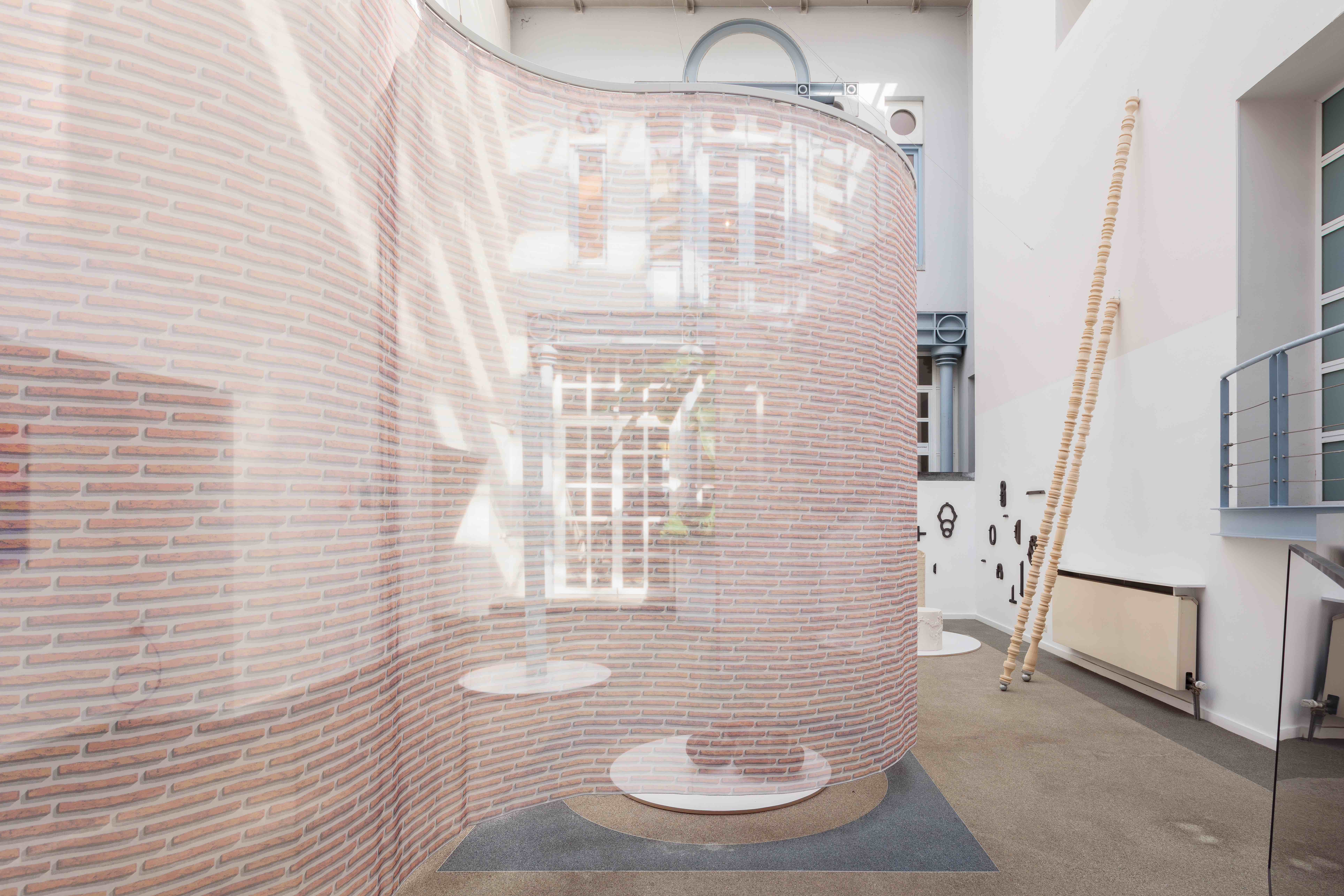
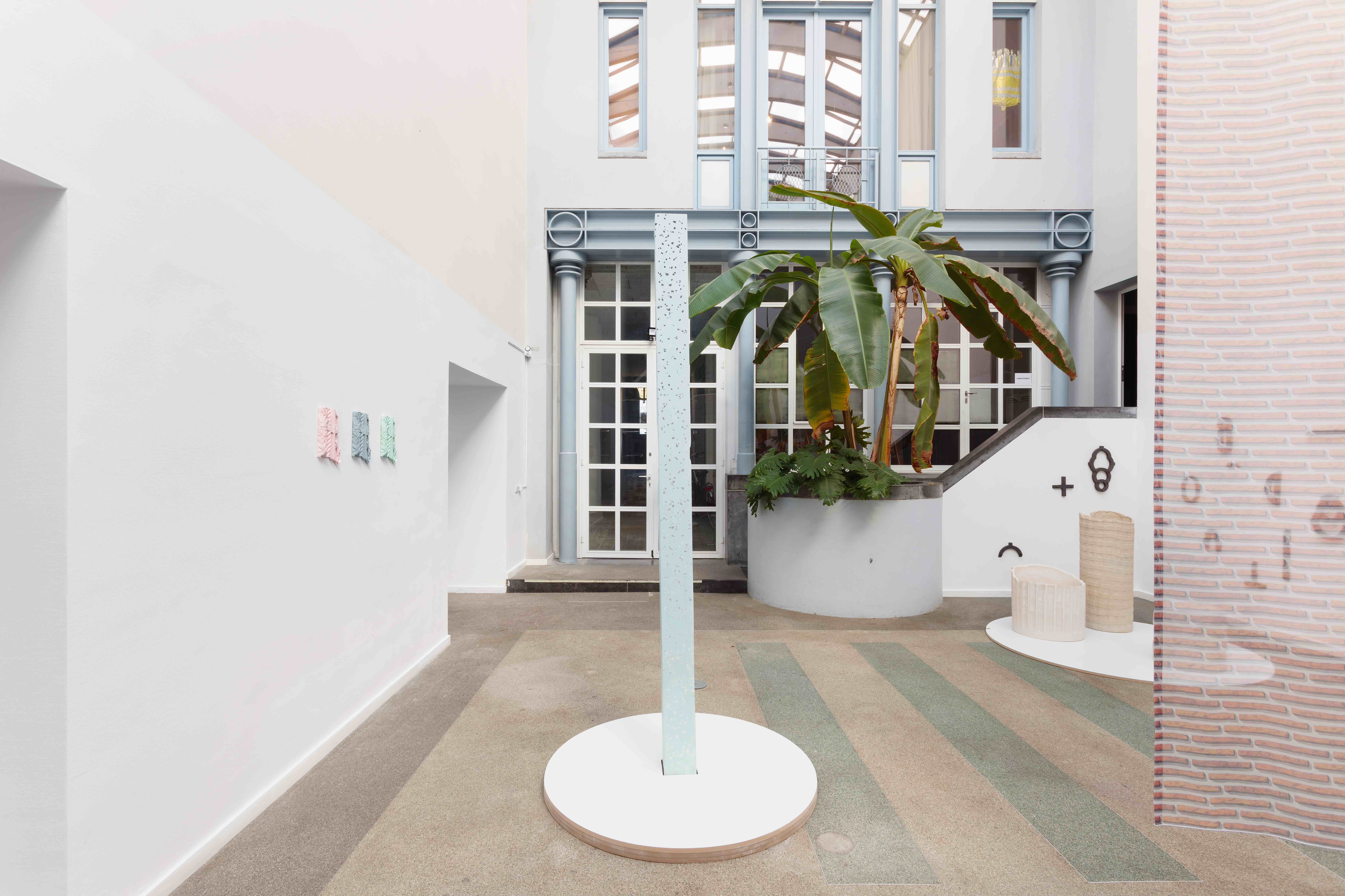
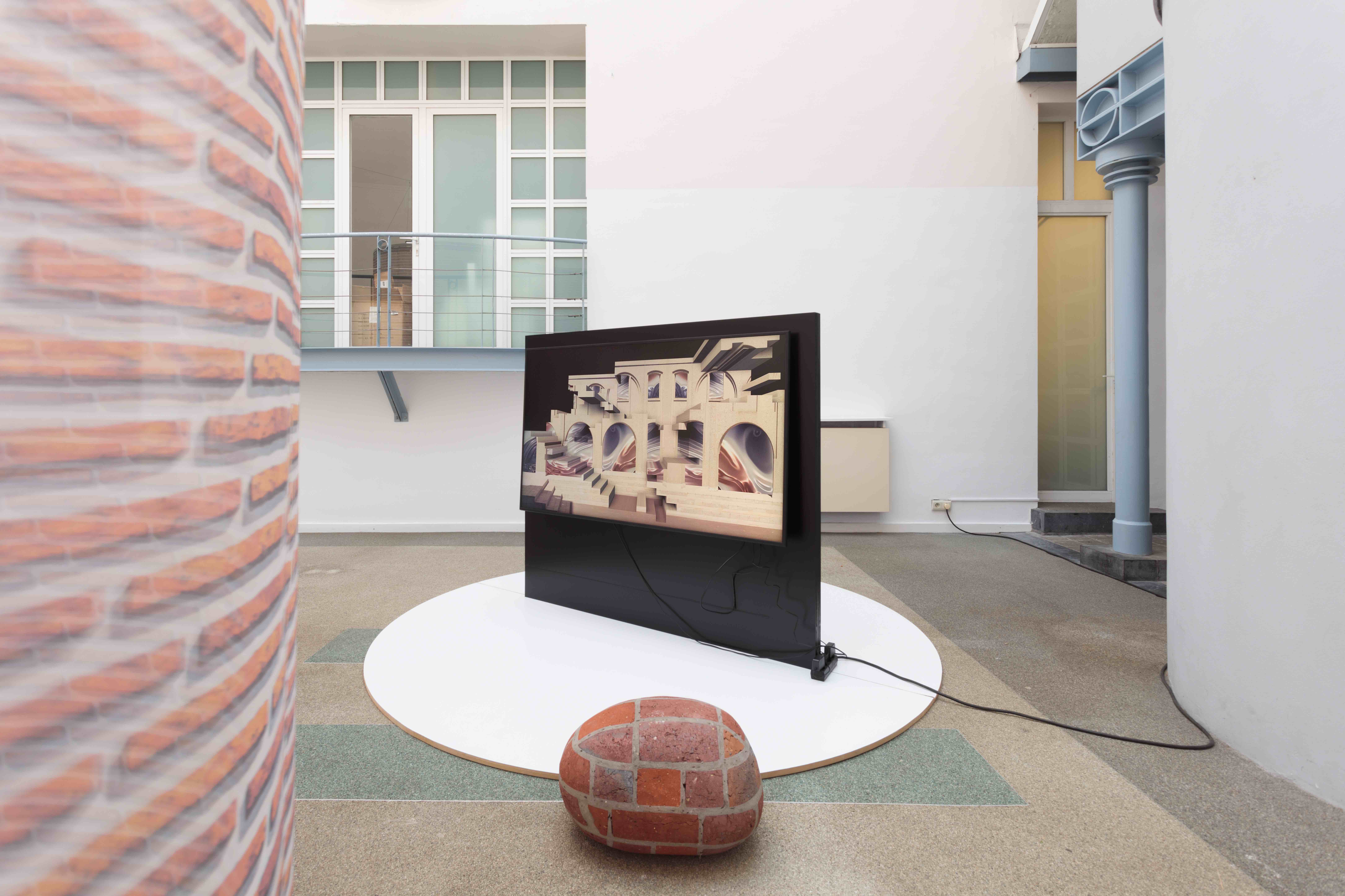
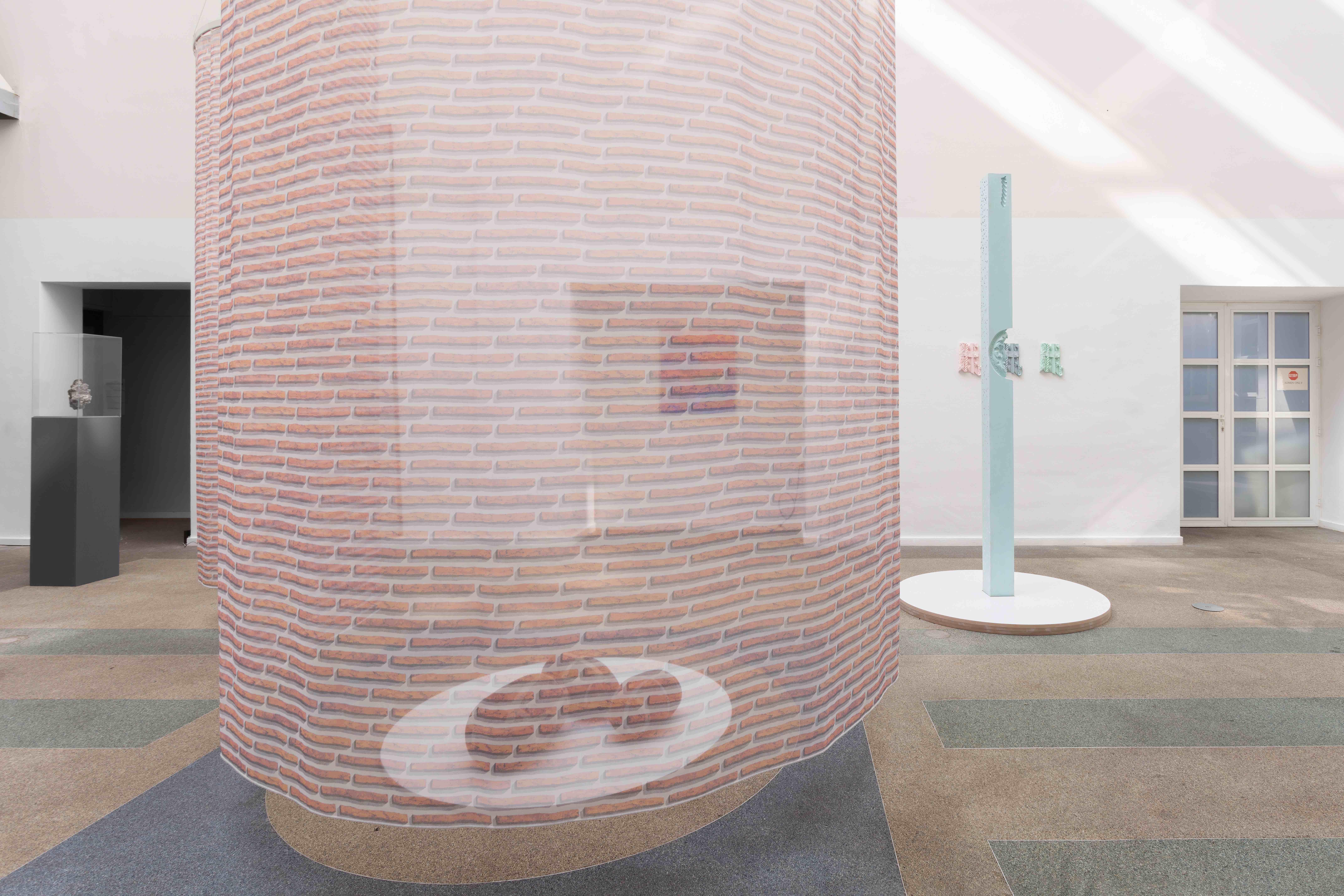
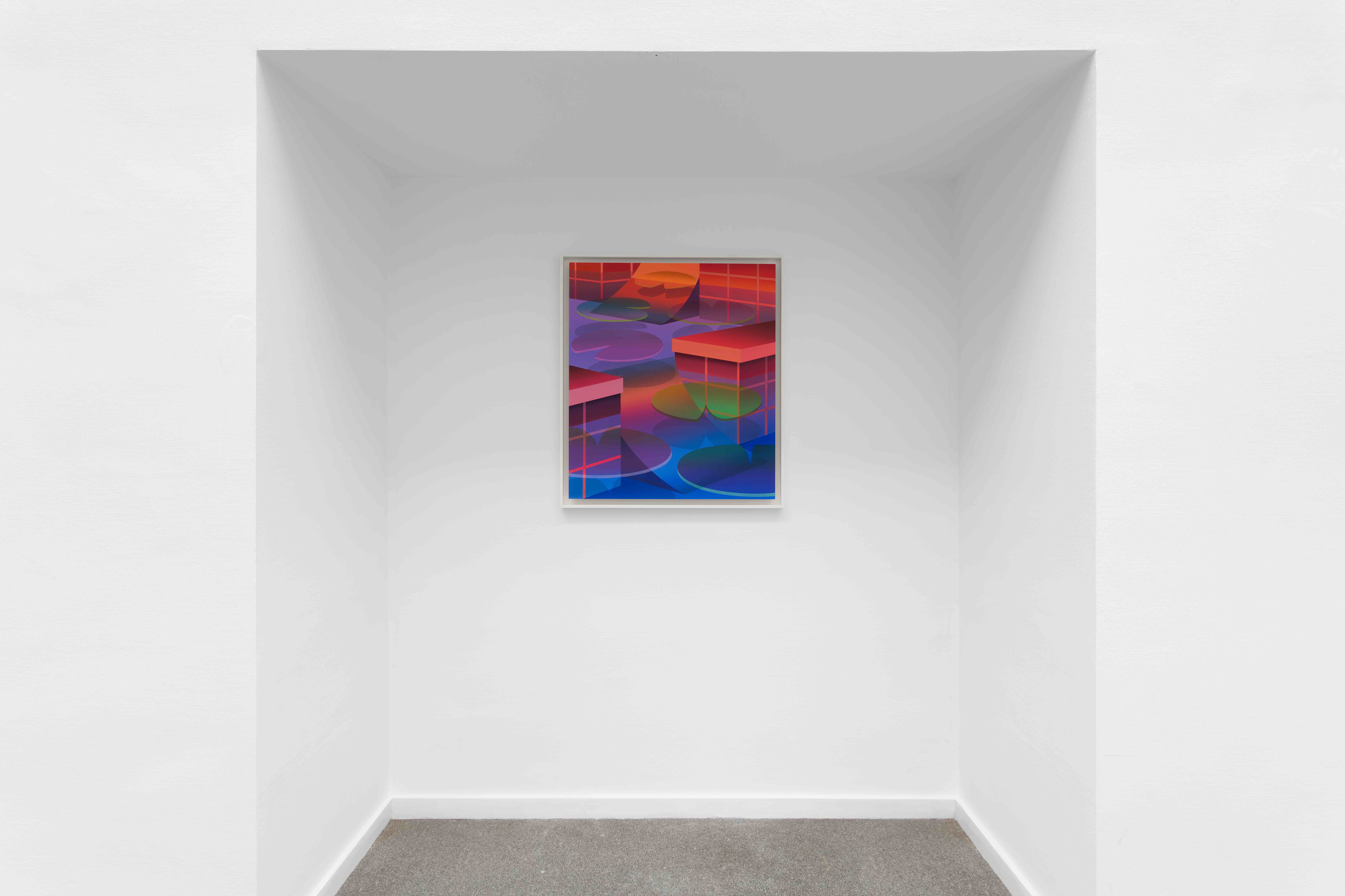
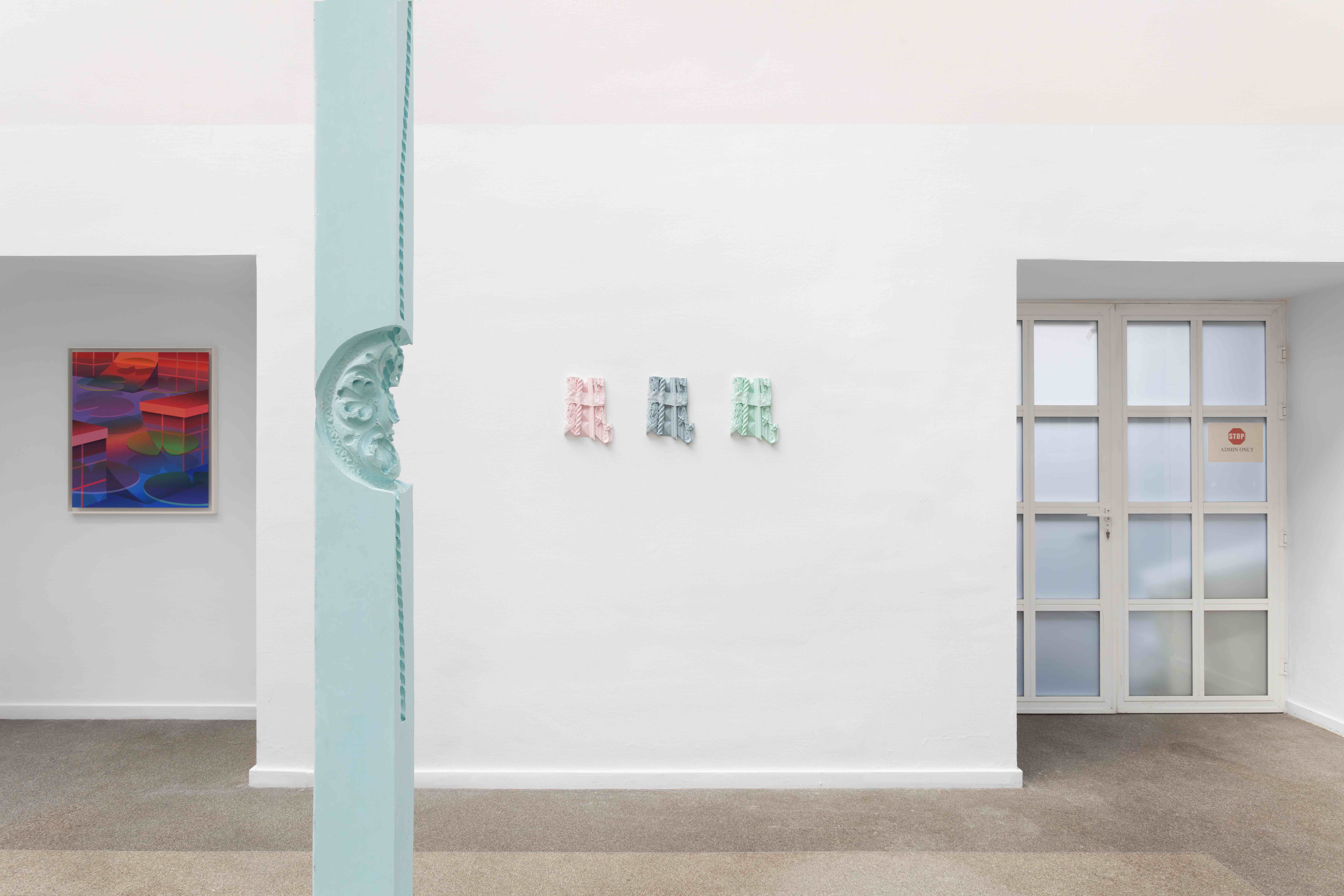
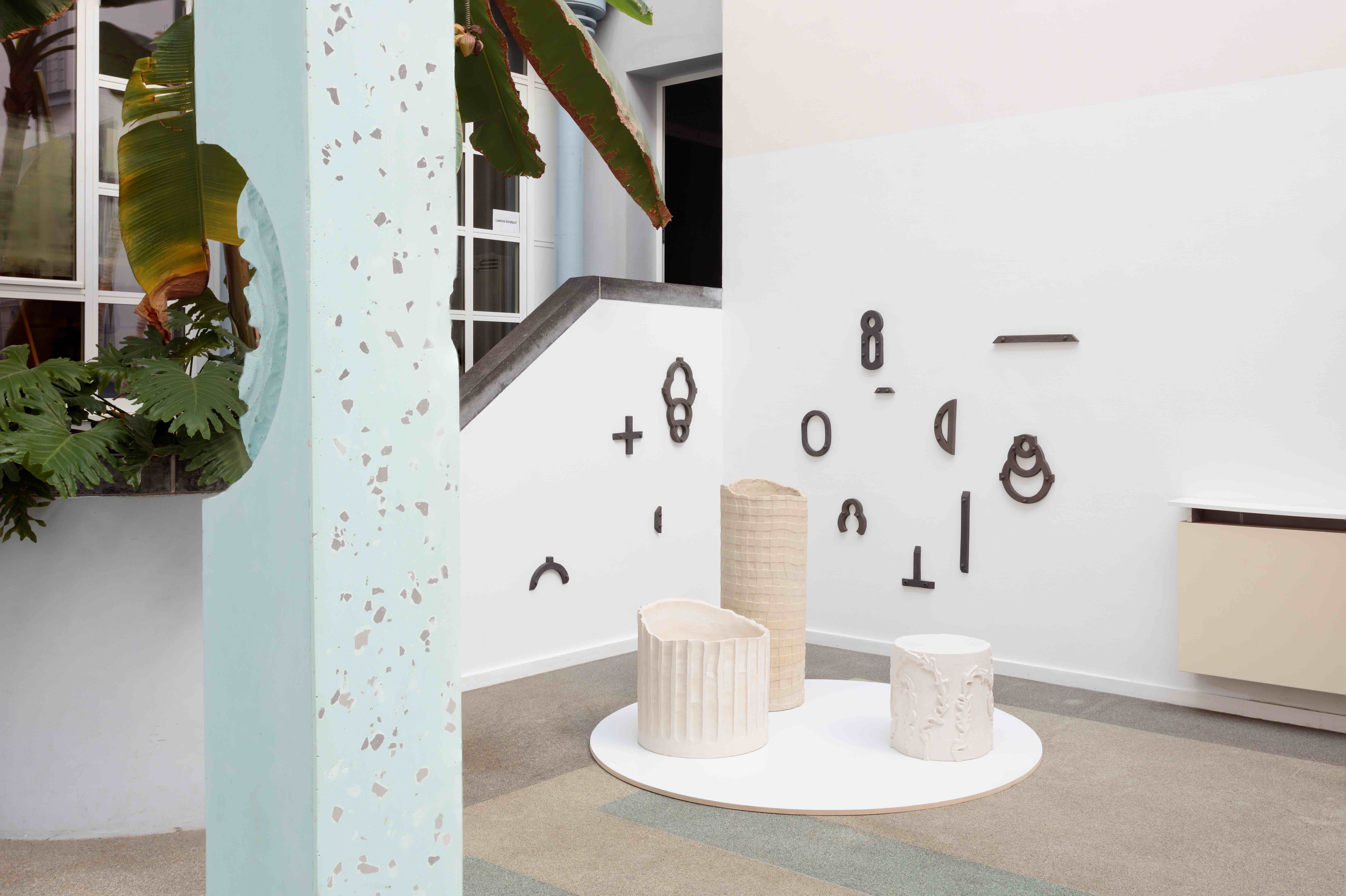
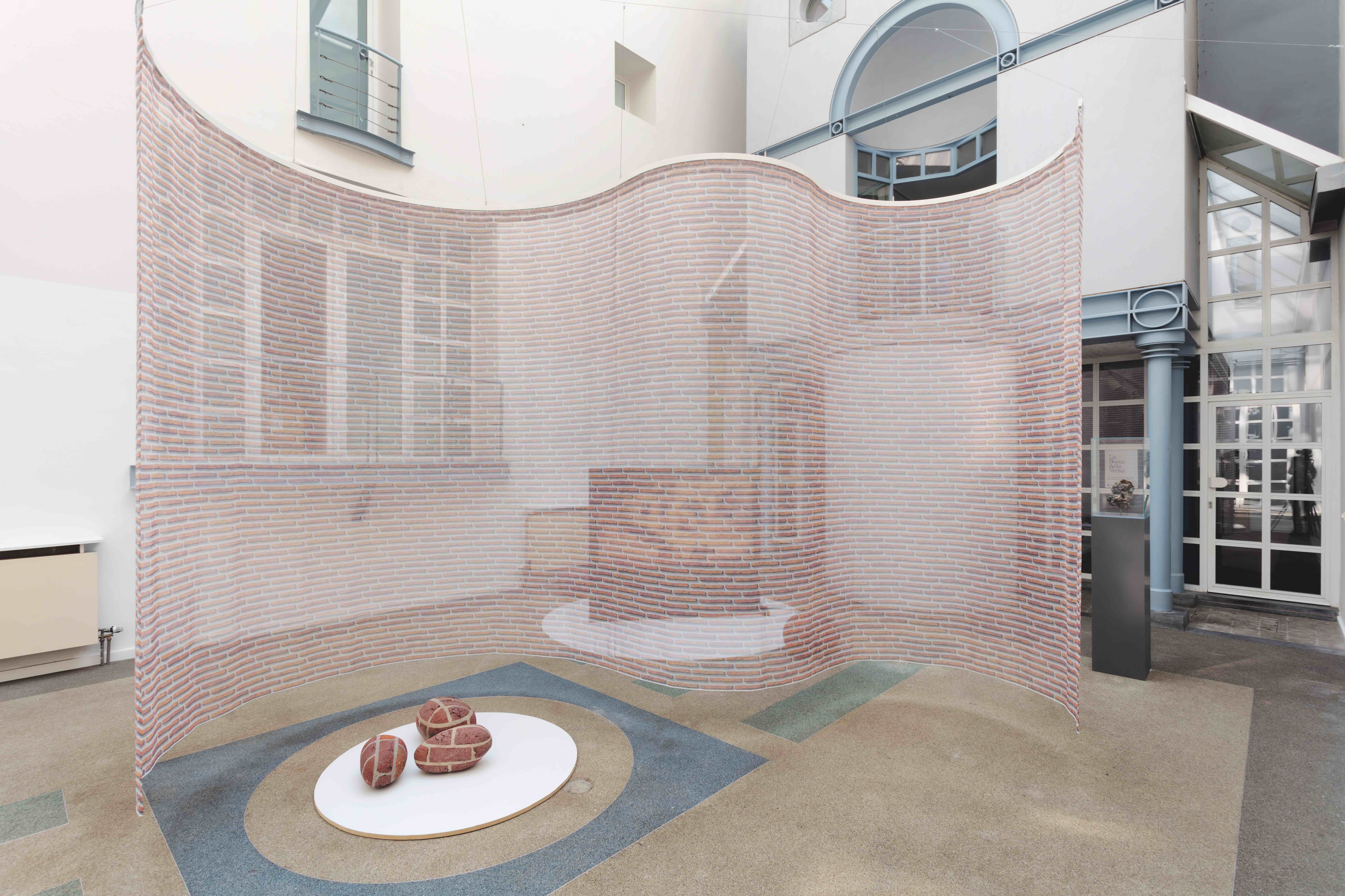
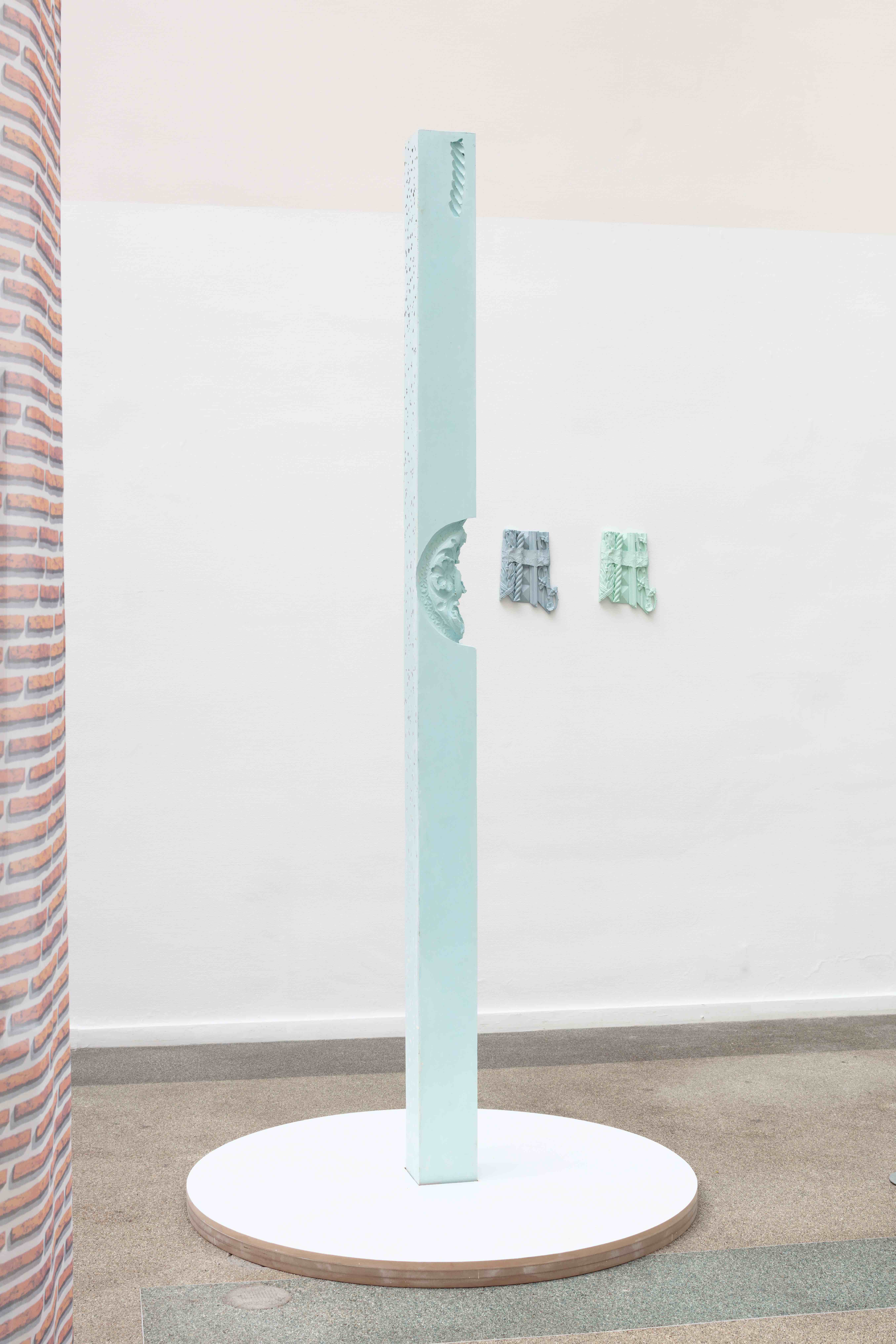
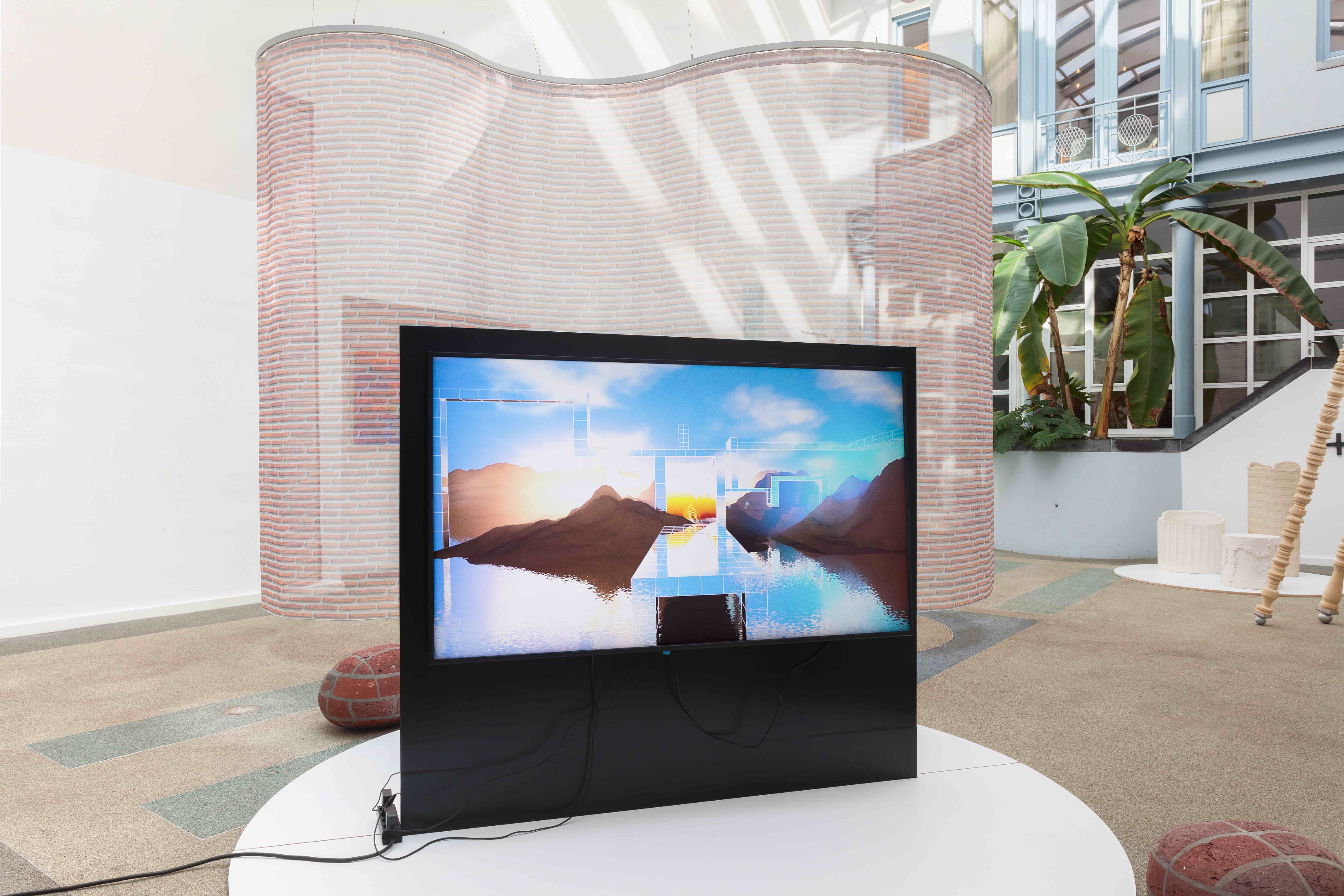
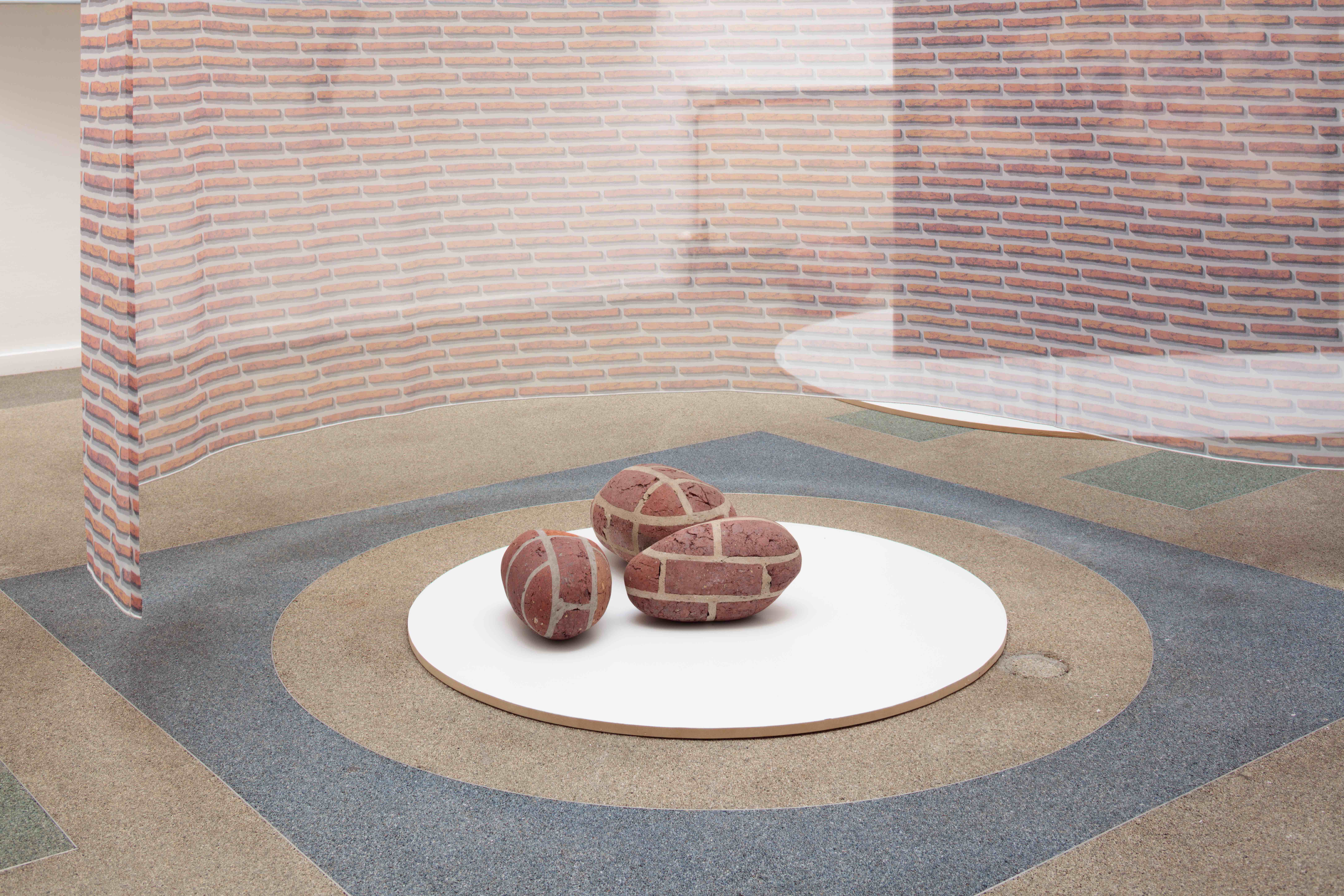
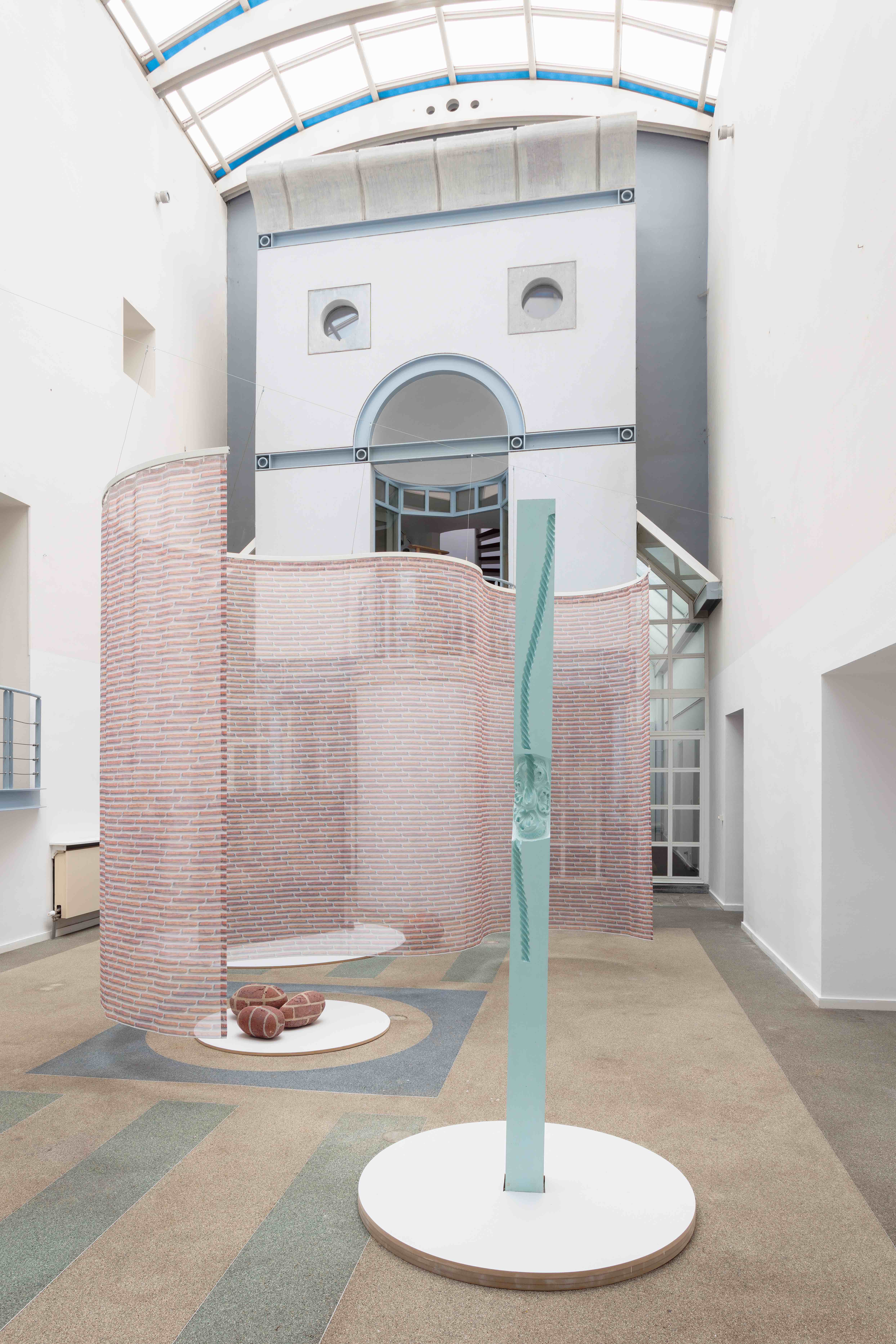

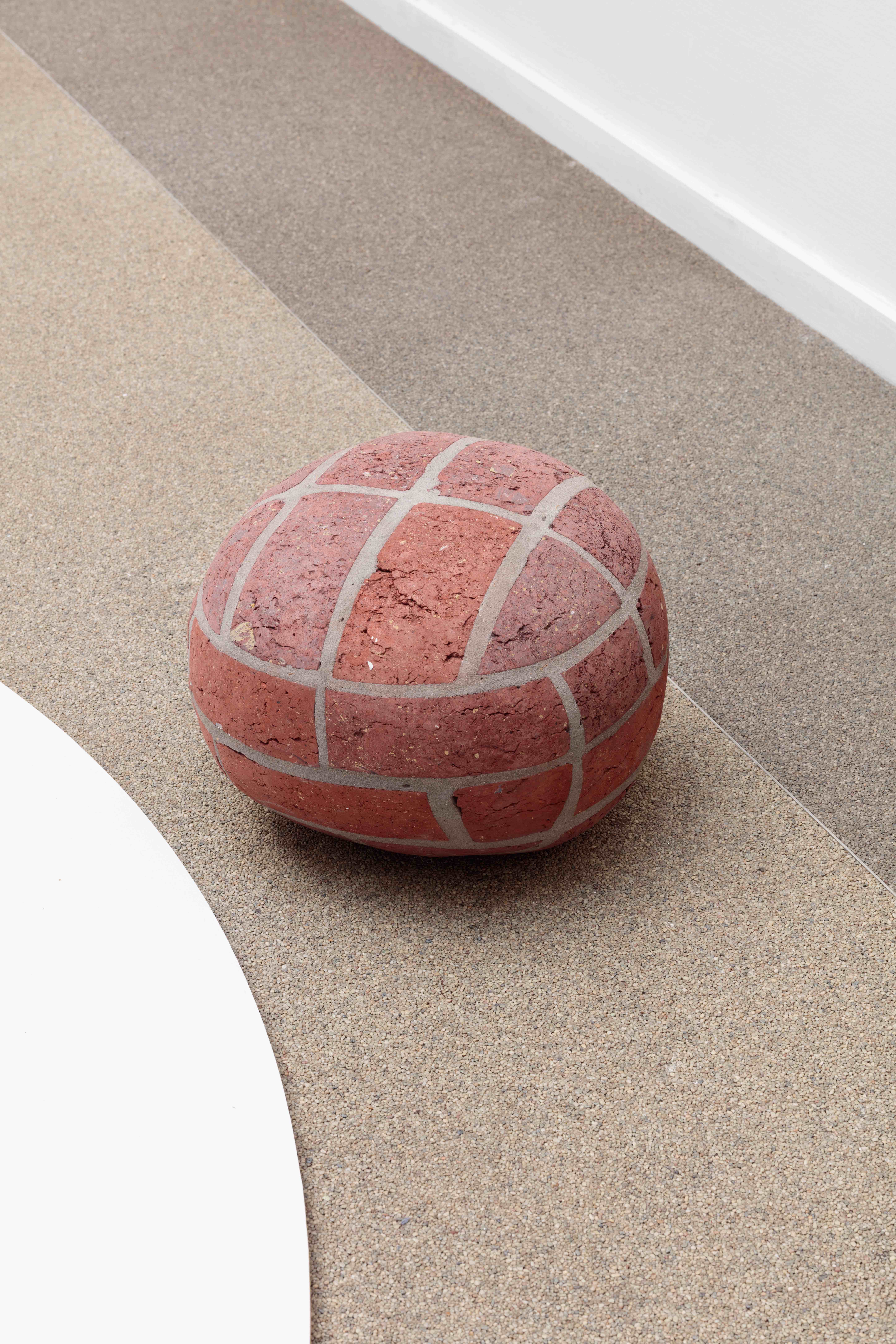
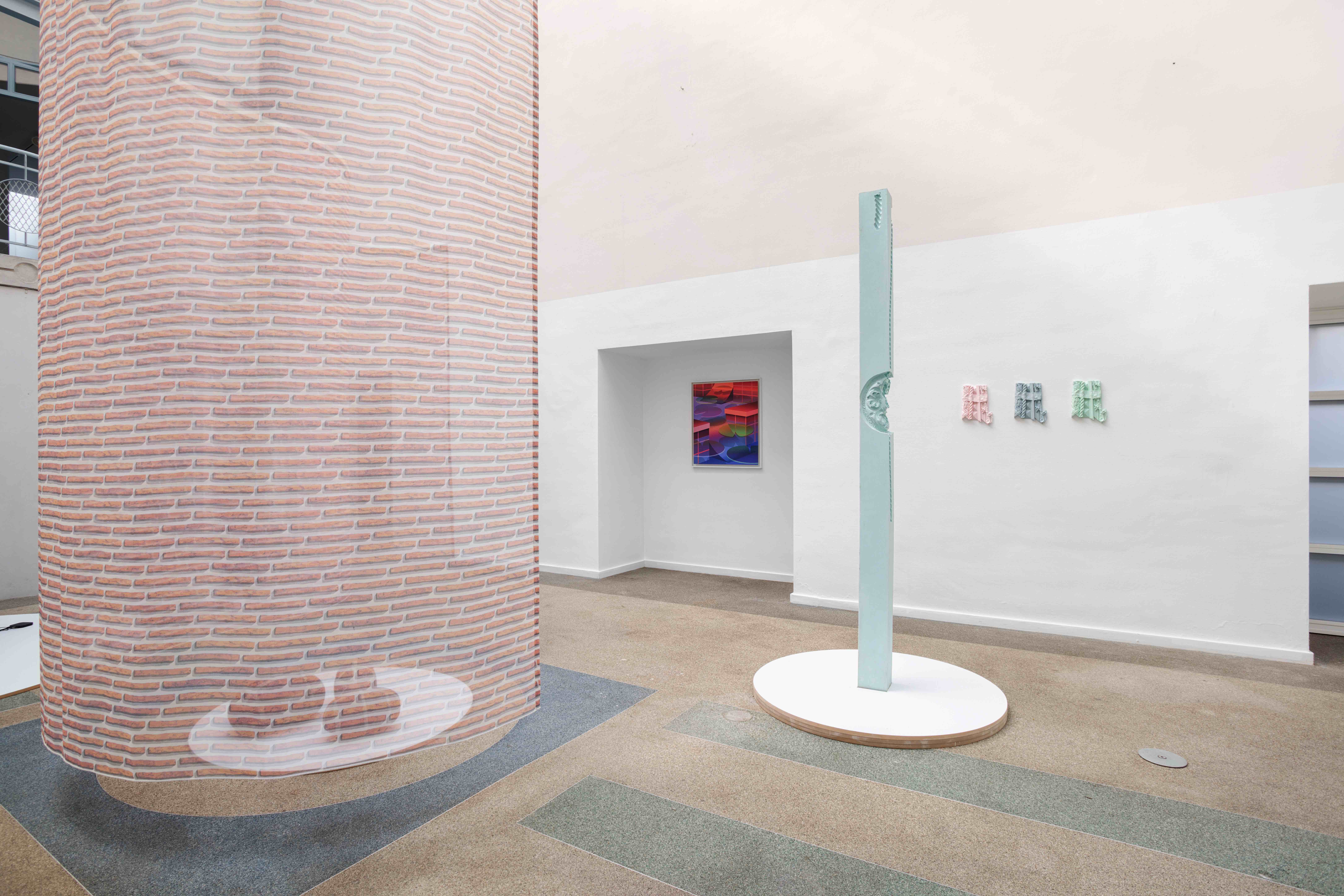
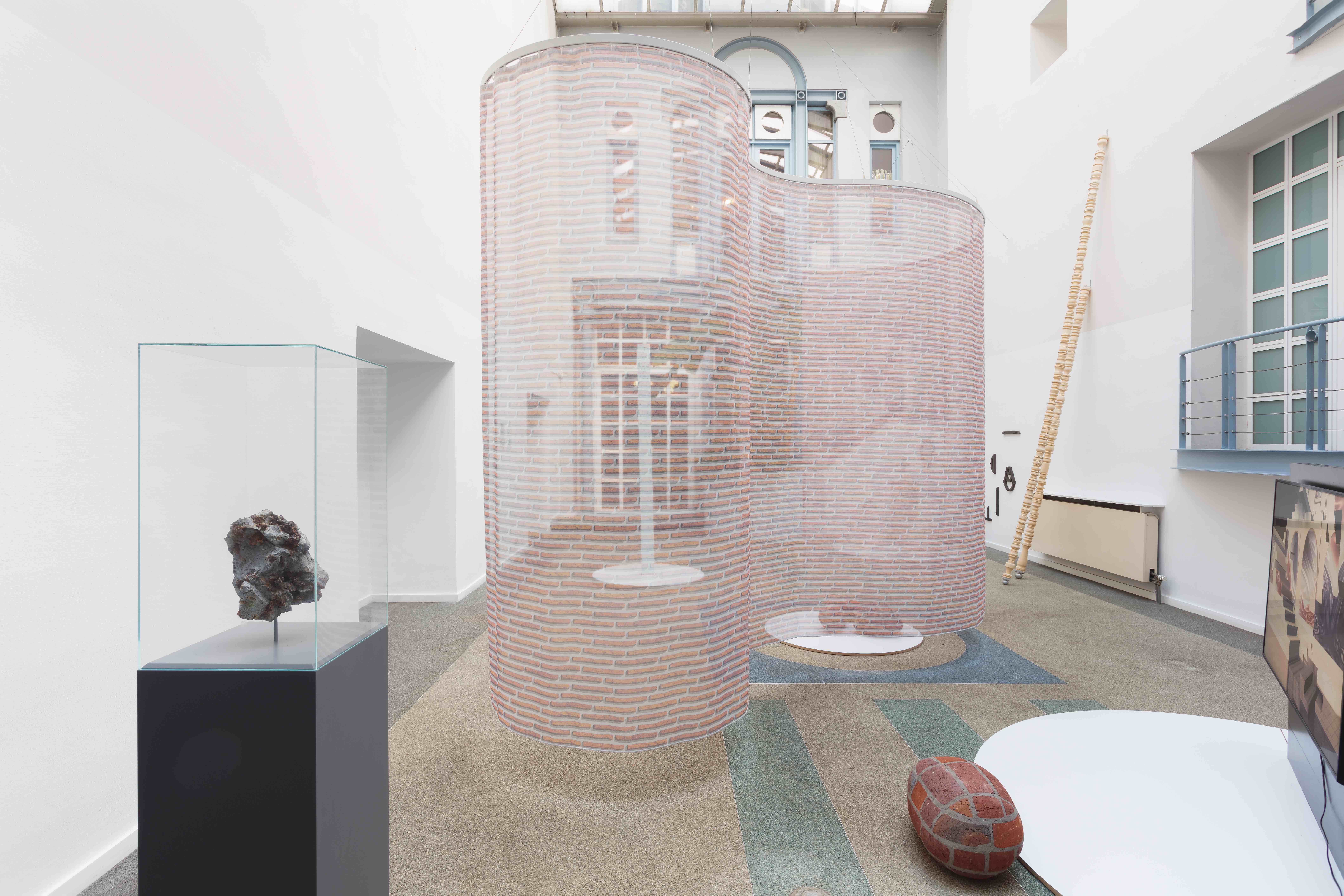
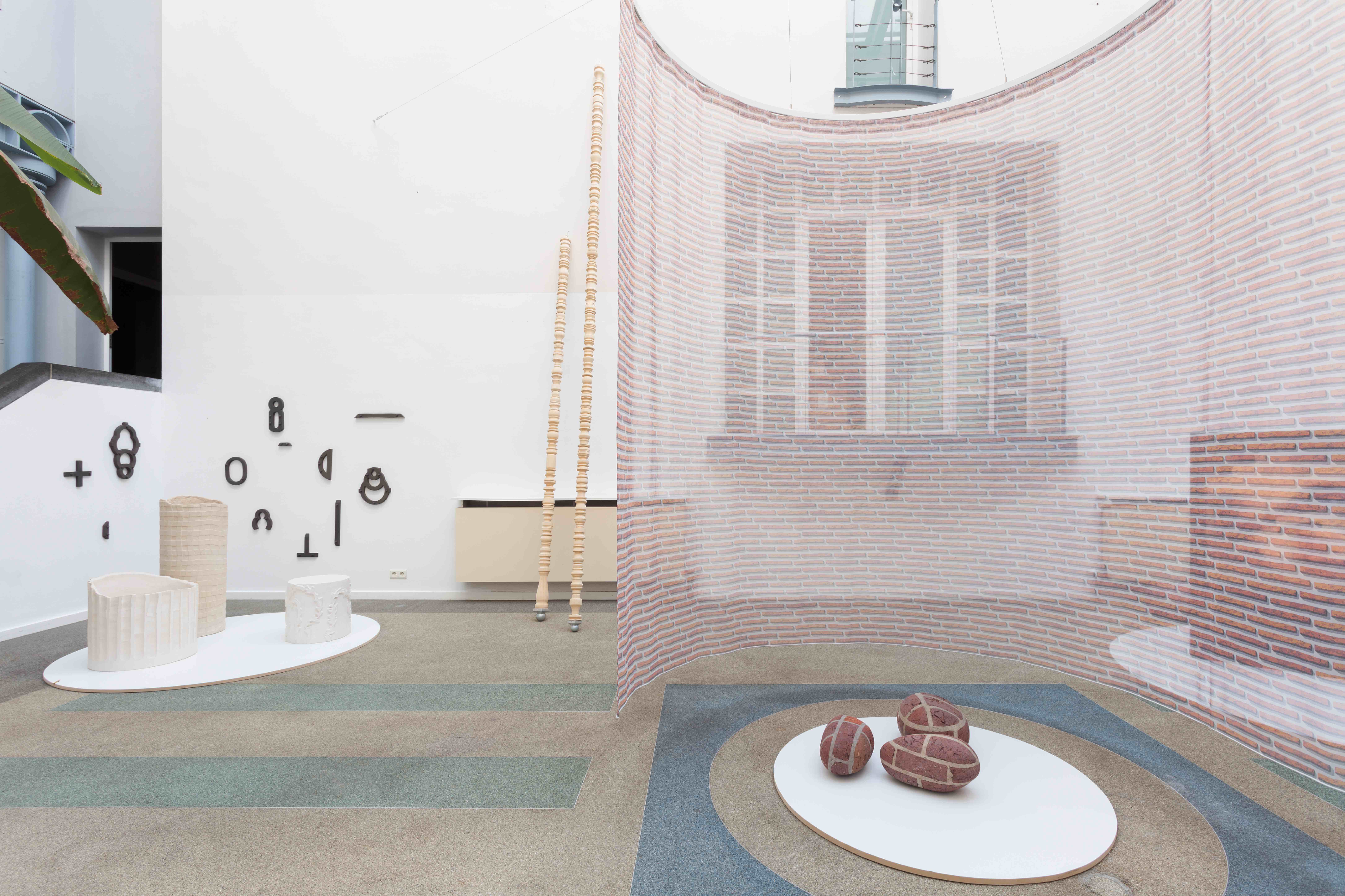
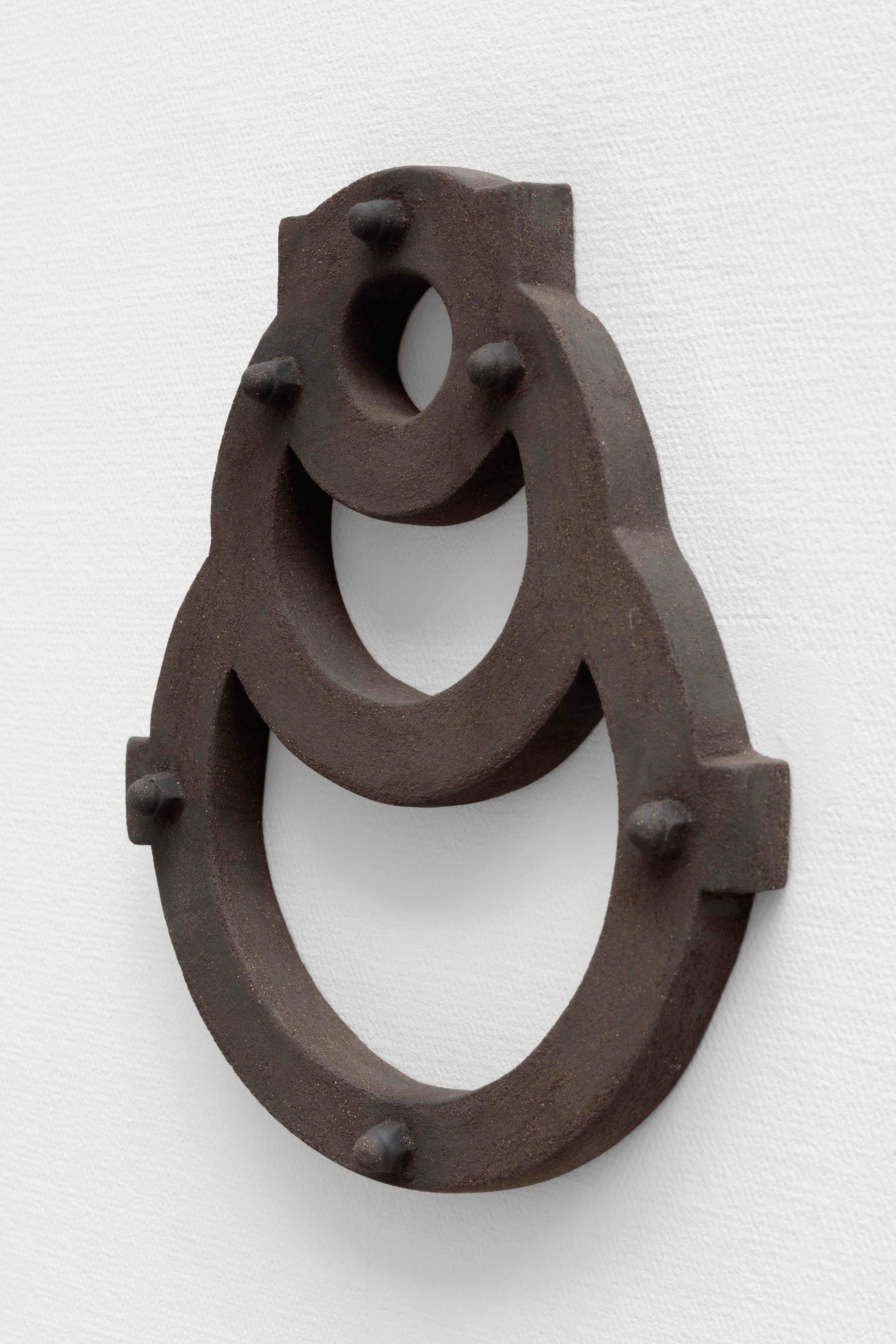
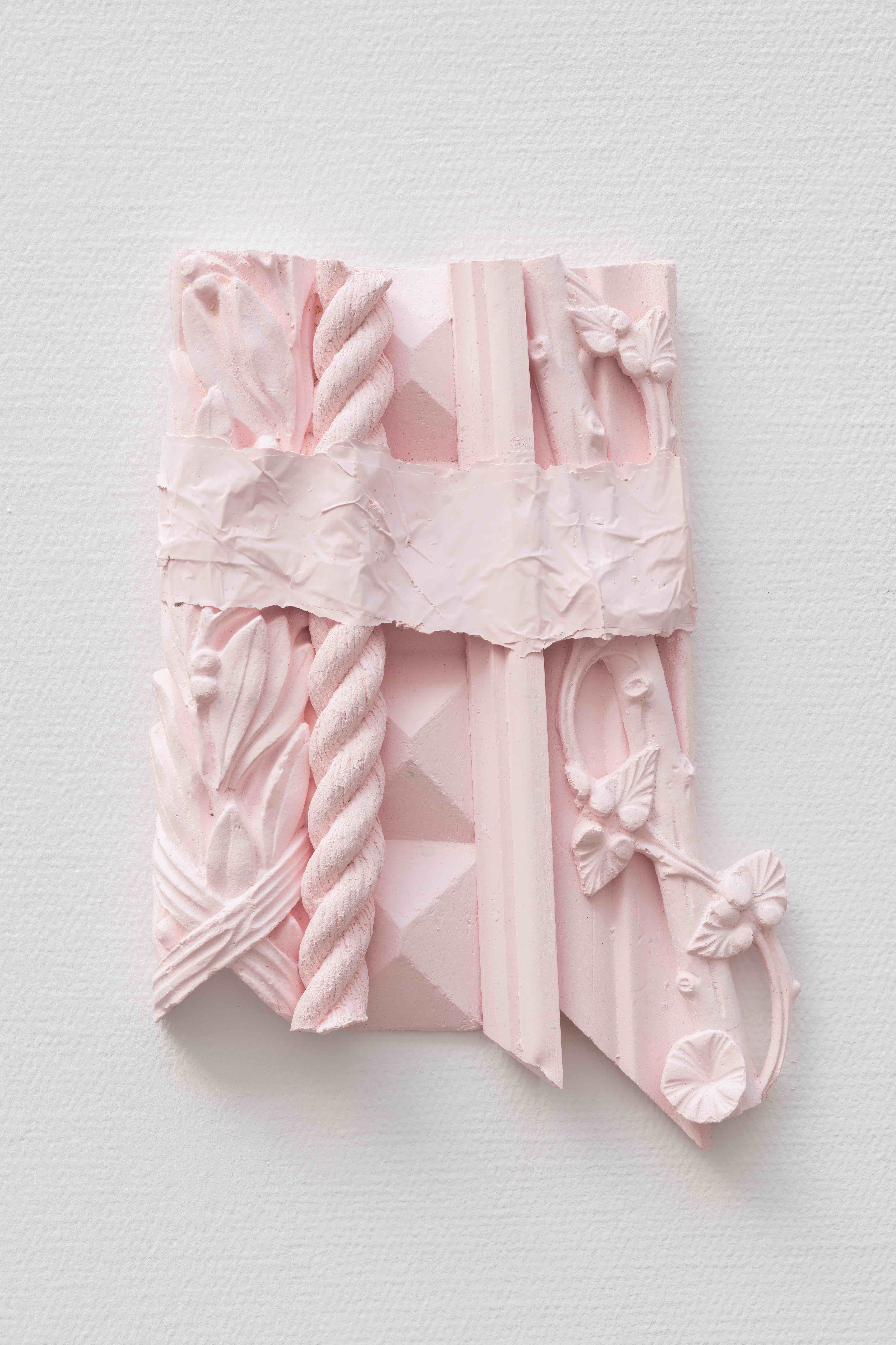
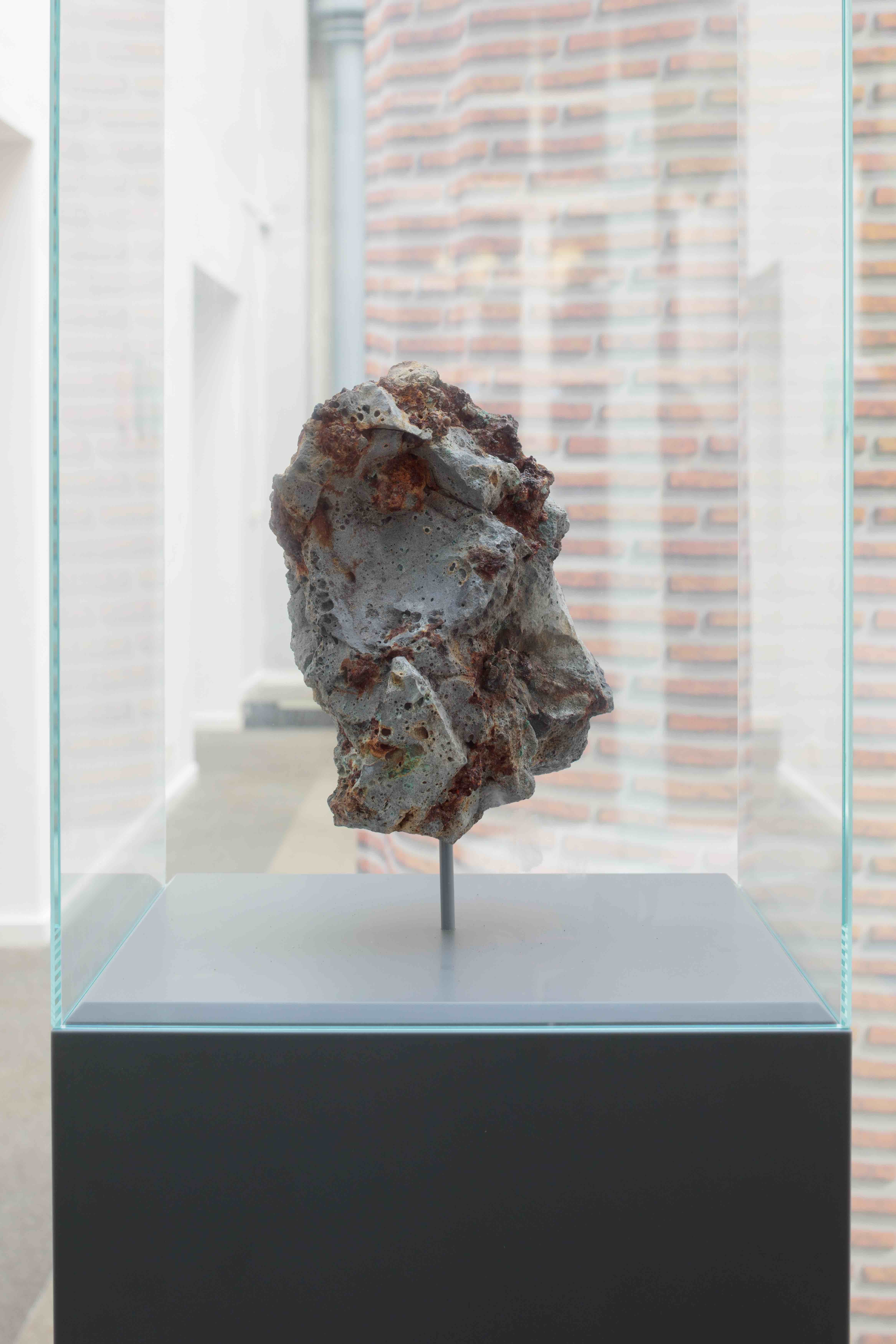
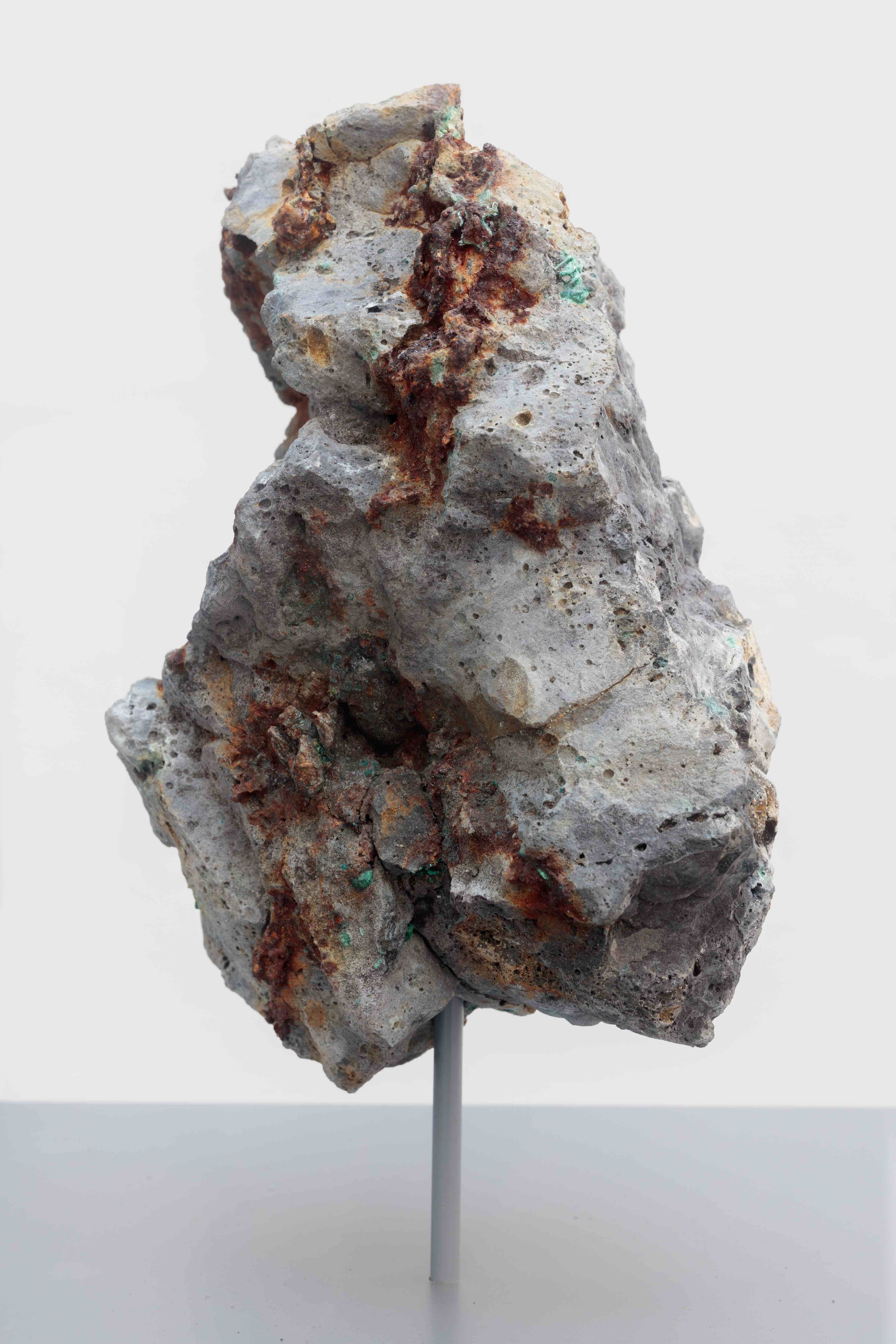
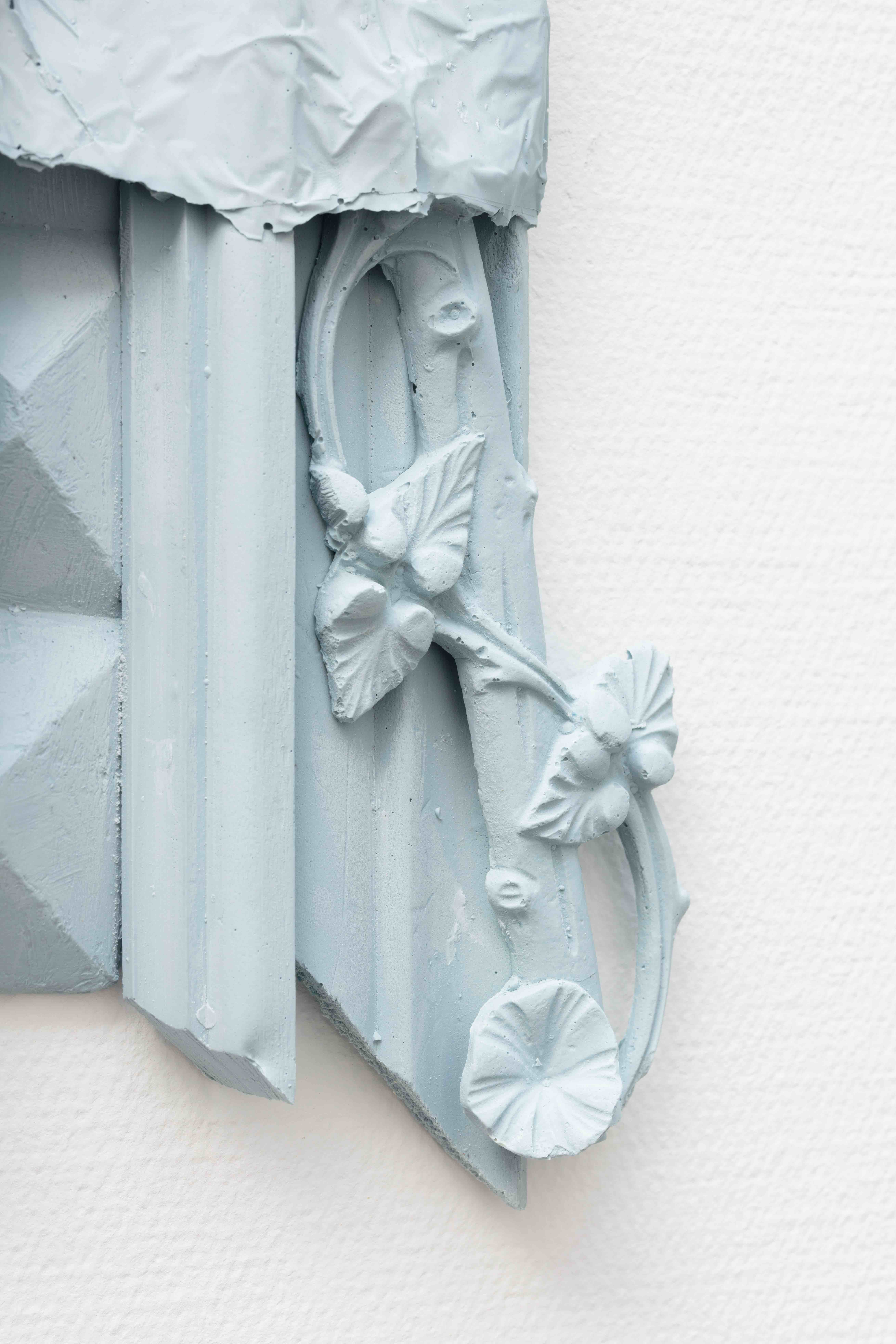
(c) Silvia Cappellari
The exhibition takes the setting of the context as the starting point of the visual and philosophical reflection and invites the visitor to contemplate the post-modern concept.
‘Pars Pro Toto’, the Latin term for the designation of a whole by one of its constituent parts, features the work of eight, mainly local, artists. Each of the works has something to do with the way in which space and matter are experienced as an environment and are transmitted through time. Structural and ornamental elements are central to this.
Through an investigation of form and language, the scene of a fiction constructed from objects and ceremonies emerges - a dream in which the spectator is the protagonist.
Curated by Els Vermang (Société)
︎ HISTORICAL CONTEXTUALISATION
An institution is a social phenomenon with a cultural, economic, political and historical dimension. Institutional critique attempted under the influence of semioticians Umberto Eco (with ‘Opera Aperta’, 1962) and Roland Barthes (with ‘La mort de l’auteur’, 1967) to show the difference between (institutionally determined) aesthetics and (personally determined but institutionally cultivated) taste by questioning objectivity, identity, originality and authenticity.
In line with the research I have been conducting over the last 7 years with the exhibition platform Société, conceptual and algorithmic art can help us formalise an institutional critique and radically rethink the exhibition as a place of expression. Algorithmic and conceptual art can be divided into linguistic, analytic and synthetic movements. In the case of synthetic conceptualism, the research focuses on the social, economic and political significance of the art institution and the meaning lies in the context.
The context of the current exhibition is that of an artist-run non-profit institution where workspaces are organised around a central, postmodern exhibition space. In the postmodern condition, old and new, pop and avant-garde are mixed and technology is given a place. The choice to exhibit in such a context is an invitation to take a critical stance towards aesthetics and taste.
︎ CONCEPTUAL CONTEXTUALISATION
From text to context
In the 1960s, institutional critique questioned space (e.g. Michael Asher’s works) and information (e.g. Hans Haacke’s ‘News’, 1969). It is the social, economic and political situation of the 1960s that was at the root of conceptual art. New formats appeared, in which, on the one hand, the work and its support coincide and, on the other, a distinction is made between the work and its support (cf. Seth Siegelaub ‘primary’ vs ‘secondary’ information). This led to an expansion of the context and form in which the work could appear (and be distributed and promoted), including the architectural space (e.g. Lawrence Weiner’s ‘36” x 36” Removal to the Lathing or Support Wall of Plaster or All Board from a Wall, 1968) and the publicity space (such as Joseph Kosuth’s billboard in ‘Text/Context’, 1977).
From the 1990s onwards, institutional critique also questioned the relationship between the artwork and the viewer (e.g. Rirkrit Tiravanija’s work). At the same time, new technologies and new media led to the use of new formats in which the relationship between the artwork and its surroundings was questioned on the basis of autoreactive, generative, interactive and connective (networked) systems and processes. In the 1990s, the context was extended to the Internet, the form to net art and the support reduced to an address. Today our society is characterised by consumption and information, and we can observe an almost parallel social-economic space, where people meet in virtual clubhouses and do their shopping in virtual market halls. Art can be seen in ‘digital viewing rooms’ and on ‘gaming platforms’ where one can ‘activate’, ‘create’ and ‘exhibit’ art (for instance in Animal Crossing, Minecraft, Occupy White Walls or Second Life). Those who look hard enough will also find exhibitions on the Dark Web (such as ‘Dark Content’, Eva & Franco Mattes, 2015) and architecture competitions in the Metaverse. The main prizes are a land parcel and (non-fungible) tokens; a new format to sell art, distribute the proceeds of art, certify and indicate its authenticity. The architecture and art displayed in these virtual spaces are dematerialised but not new - they use the same structural and ornamental elements.
From dematerialisation to immaterialisation
Conceptual art in the 1960s emphasised the presence of material absence, and the installation entered the realm of composition, both inside and outside the contours of the canvas, where the surface now extends into space. The experience of the spectator was enhanced: not just looking, but also reading; and not just feeling, but also understanding. When Jean-Francois Lyotard and Thierry Chaput curated the exhibition ‘Les Immateriaux’ in 1985 as an organisation of information flows in which the work of art was seen as a matter enriched with information, it built on the ideas proposed in Lucy Lippard’s and John Chandler’s notions of the ‘Dematerialization of Art’ and can be seen as an embodiment of the legacy of conceptual art in the post-modern condition.
Algorithmic art, from the 1990s onwards, again pushed the boundaries of physical space and traditional aesthetics, leaving behind the rules of gravity and perspective. Today, Marcel Duchamp’s ‘Air de Paris’ takes on a whole new meaning in light of the ‘Cloud’, the fully dematerialised, networked information space symbolised by a cloud.
The exhibition ‘Pars Pro Toto’ aims to reflect on the legacy of postmodernism and for matter, dematerialisation and immateriality to enter into dialogue, in an attempt to capture the complexities of contemporary aesthetics and the fragile balance between the digital medium and physical métier.
Text by Els Vermang (Société)
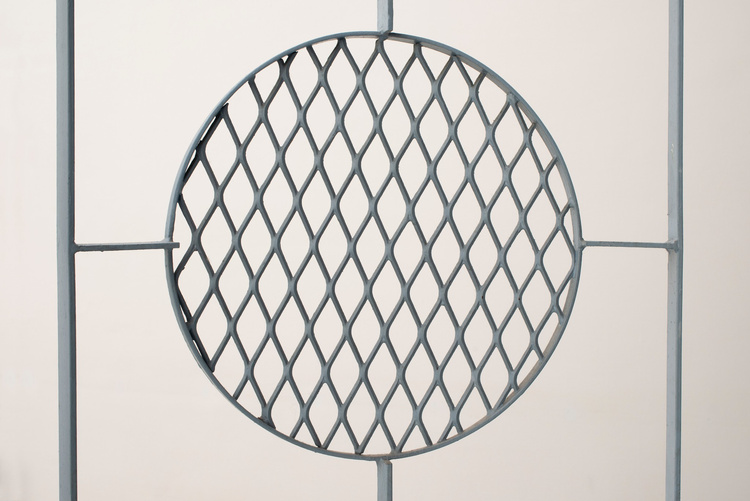
︎ BIOS
Amelie Betrand (1985, FR)
semiose.com/home/artist/1172/amelie-bertrand/
With her impeccably smooth paintings, the artist moves away from ideal landscapes inspired by nature and forms settings between dreams and nightmares. Her planes and surfaces are constructed with complexity and meticulousness, only to branch off into skewed perspectives and depthless horizons. All sorts of materials and motifs typical of the period saturate the composition: OSB, laminate, wire mesh, tiles, fleece, chain, foliage, camouflage. The colours are laid down in shades, always in a single layer, as if held on the surface of the unfathomable screen.
Julian Charrière (1987, FR/CH)
julian-charriere.net
Courtesy Servais Collection
Charrière explores ideas of nature and its transformation over deep geological as well as human historical time. The artwork ‘Metamorphism’ is an amalgam of cultural memories incorporated into a geological matrix. For this piece internal elements from various technological devices (main boards, hard drives, CPUs, RAMs, etc. from laptop computers and smartphones) have been molten in an artificial lava, returning them to their geological origins. Beautiful aesthetic objects in their own right, these magnificent polychromatic sculptures reflect upon the mining and use of raw materials and the future of our civilization’s artificial by-products.
Béatrice Guilleman (1994, FR/BE)
Béatrice Guilleman’s latest research explores the analogy between the human body and architecture, as well as the constraints set by verticality, the symbol of stability and power that has flooded the history of sculpture. Between non-utilitarian furniture furniture, a monumental stoneware piece and a sculptural support, the artist’s sculptures inhabit several intermediate planes - from horizontality to verticality - and are expressed simultaneously in several registers: from porosity to solidity, from relief to three-dimensional sculpture, from geometry to the organic. (Text: Julie Ackermann)
Sabrina Ratté (1982, CA)
sabrinaratte.com
The constant integration of new techniques allows Sabrina Ratté to explore the themes that run through her work in ever-changing forms: the influence of architecture and the digital environment on our perception of the world, the relationship we have with the virtual aspect of existence, the fusion between technology and the organic world. Her works are situated halfway between abstraction and figurative, landscape and architecture, and on the thin line that separates the real from the virtual.
Sarah & Charles (1981 and 1979, BE)
charlessarah.com
Sarah & Charles draw inspiration from the invisible structures that shape our world. ‘The first thing you see upon entering the space is a gigantic brick wall, moving slightly in the breeze. The bricks are however, not real, but rather part of a curtain, a backdrop which seems like a prop from a long-gone past. This Brick Curtain by Sarah & Charles dominates and scenographically divides the exhibition space into four zones in which different things seem to happen, all related to this post-industrial reality of materials, from which mankind seems to be erased.’ (Text: Manor Grunewald / Thomas Caron)
Lucie Lanzini (1986, FR / BE)
lucie-lanzini.com
Lucie Lanzini’s works inhabit the space with their depth, mainly bringing back the past. She picks out elements of reality, insignificant objects in order to stage them in such a way as to organise an overall choreography and create a history of the possible. She extracts these elements from everyday life and collects them to compose an infinite catalogue of signs, in perpetual evolution. (Text: Loïc Le Gall)
Mathias Prenen (1990, BE)
mathiasprenen.com
The #Ma 間 baluster - series is a site specific installation that consists of a number of molded wooden pillars.
The installations draws upon architectural features situated between exclusion and inclusion within the architecture it is part of. Structures like scaffolding, parapets or columns are emancipated from their larger structure and infused with archaic or classic stylistic elements to build up in response to a new site specificity.
Ma 間 space, interval
Baluster moulded shaft found in mostly
western architecture and furniture
Maarten Vanden Eynde (1977, BE)
maartenvandeneynde.com
Most of Maarten Venden Eynde’s works start from an investigation into the materiality of objects that surround us, ranging from the origin of the different materials and the contexts in which they are extracted, transported and transformed, to the remains after they are no longer in use. Homo sapiens sapiens has created two new kinds of stone – brick and concrete – which have gradually taken over the natural environment. Bricks will probably survive us, as they are one of the strongest and longest lasting building materials used in human history. ‘Brick Era’ is a series of copies of boulders that have been formed by the endless rolling of building debris in a river or on a rocky shoreline. By grinding off the edges the surface becomes smooth and soft, in striking contrast to the structured grid of mortar and bricks.
SOCIÉTÉ
societe-d-electricite.com
Société d’electricité is a curatorial platform based in the eponymous former electricity factory of Molenbeek. It was founded in 2015 to establish a link between conceptual and algorithmic art. Société is led by Els Vermang.
ELS VERMANG
elsvermang.xyz
Els Vermang is a Brussels-based artist and curator. She researches the logical control of a conception process and is inspired by scientific and philosophical considerations. Her curatorial work is the extension of her artistic work, which, for the last 20 years, she has developed as part of the LAb[au] collective, but is now continuing separately.


